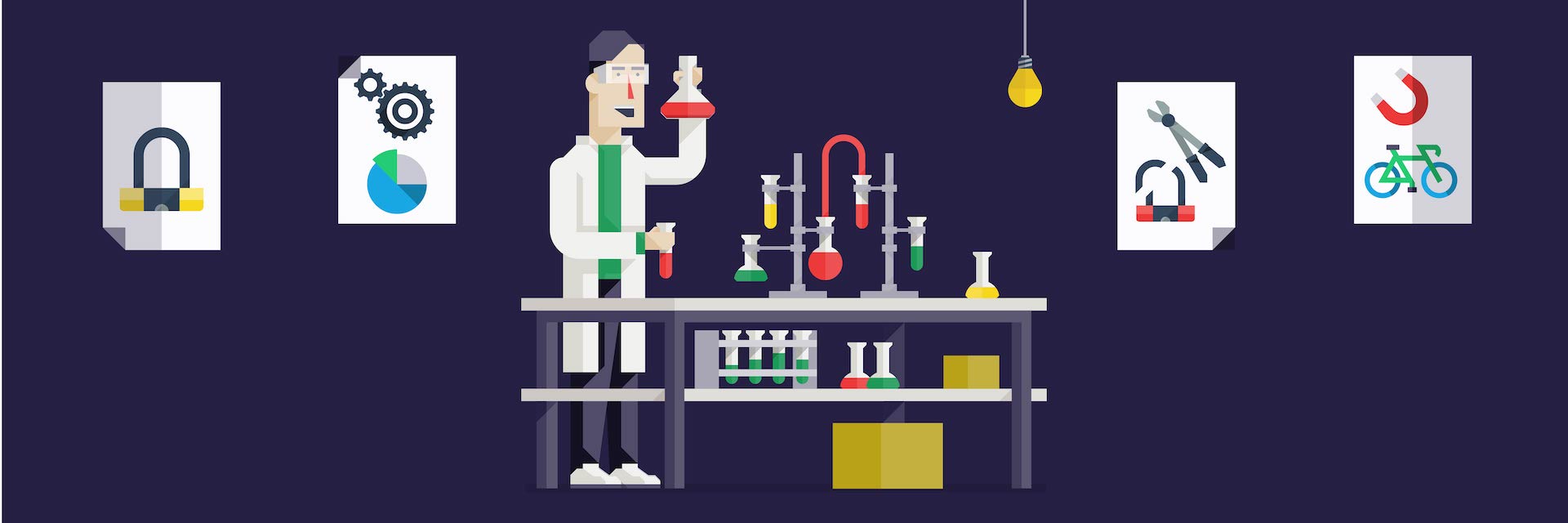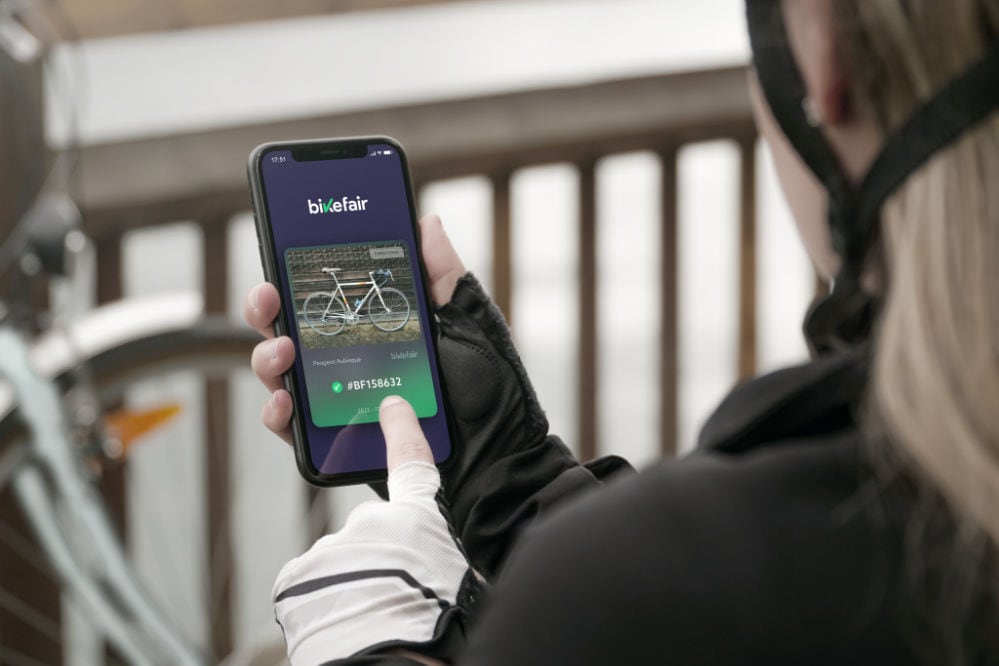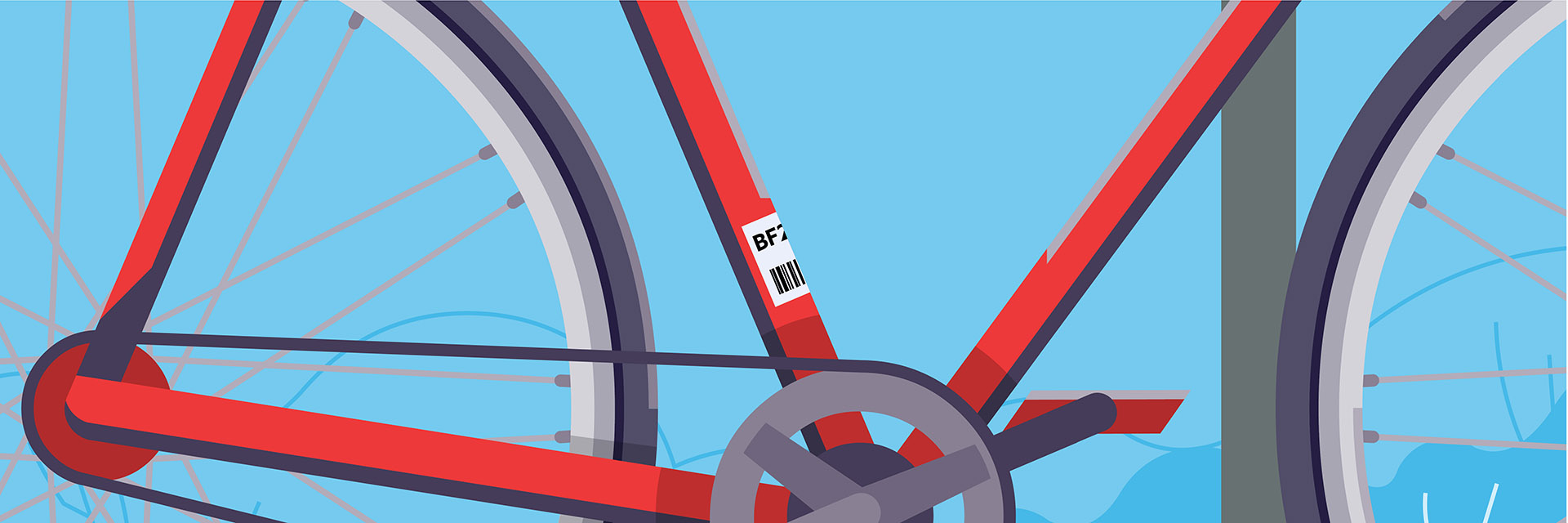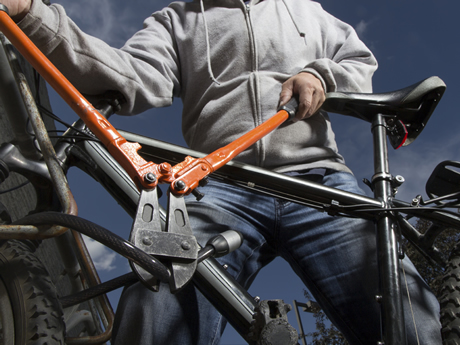
Bicycle theft in the Netherlands: the numbers at a glance.
Bike theft is decreasing, but damage is increasing. Where, when and what type of bike is stolen the most? Find out here!
Some 22.3 million bicycles will be riding in our little country by 2021. Especially in urban areas, they are sometimes almost stolen from under your ass. Like Amsterdam, Rotterdam and The Hague. But where and when are you most at risk? And which bikes are the safest? We looked up the figures.
- How many bicycles are stolen in the Netherlands each year?
- Are electric bikes stolen more often?
- Which bikes are least likely to be stolen?
- What types of bikes are stolen the most?
- In which city are bikes stolen the most?
- Where are bikes most commonly stolen?
- How do you prevent a bicycle from being stolen?
- What do you do if a bicycle is stolen?
- What happens if the police recover a stolen bicycle?
- What happens if I recover my stolen bike myself?
- What do the police do with reporting a stolen bicycle?
- How do thieves steal bicycles?
- What do thieves do with stolen bicycles?
How many bicycles are stolen in the Netherlands each year?
Just under 500,000 bicycles are stolen each year in the Netherlands. That's fewer than last year, yet the value is considerably higher: nearly €600 million in damage. Cause: electric bikes, which are considerably more expensive than the average black granny's bike.
Are electric bikes stolen more often?
Almost half of all bicycles sold today are electric. They are expensive models; the battery alone is often worth €500. They are therefore stolen more often than last year, 40% more so! In absolute numbers, non-electric bikes are still in the lead, but this is mainly because there are many more of them here.
ANWB confirms that electric bikes are mostly stolen by organized gangs. Even the heavy electric cargo bikes are increasingly being targeted. The criminals come in vans, load the bikes and ship them straight across the border, abroad.
You can take a look on our security locks, with one of these you can avoid this trouble.
Which bikes are least likely to be stolen?
Bikes with a carved frame number lower your risk considerably. Folding bikes are at the bottom of the list, although that is mainly because they are almost always stored inside. Bikes known to have GPS trackers embedded in them are also more likely to be left alone.
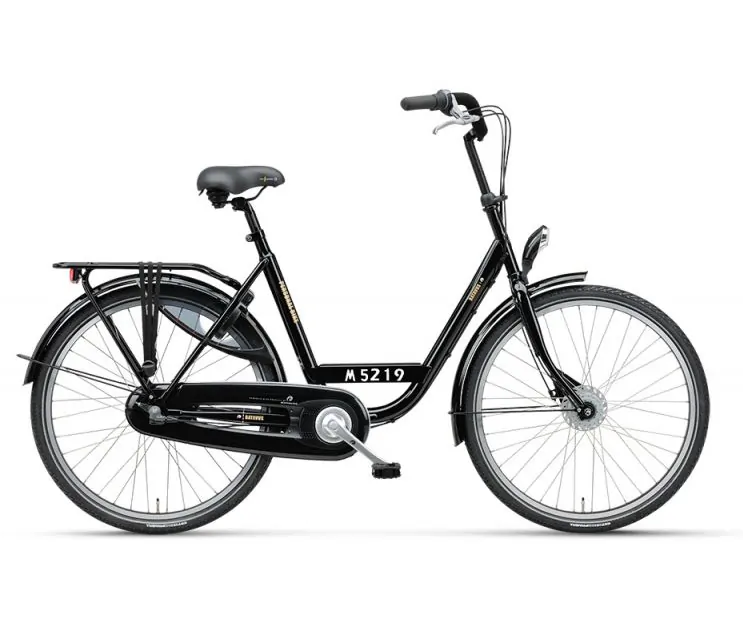
A batavus with frame number in the frame
What types of bikes are stolen the most?
In terms of brands, Gazelle, Batavus and Cortina top the list. But thieves look even more at price, weight and recognizability. Owners of expensive bikes (€500+) with a light/normal weight are most often the victims. Think road bikes and electric sports and city bikes. A generic look doesn't help either, as these models have a lower risk of being traced to the owner. Therefore, despite their low price, black granny bikes still top the list of most stolen bikes.

Unique bikes are less likely to be stolen.
In which city are bikes stolen the most?
In the Netherlands, Amsterdam is the hotbed of bicycle theft. Every day 77 bikes are stolen there. Rotterdam and The Hague do not have the best reputation either. According to the ANWB, the municipalities of Rijssen and Terneuzen are the safest: here they did not register a single stolen bike last year.
On this map you can see exactly how many bikes are stolen per municipality. The data is from the period 2010 to 2017, but the statistics do not vary much from year to year.
Where are bikes most commonly stolen?
Dark places where there are many bicycles: entertainment areas, student complexes, train stations and subway stops are prime hunting grounds for bicycle thieves. A theft in these places occurs more often at night and in the evening than during the day.
That said, a bike that is not locked will be stolen anywhere. Even in broad daylight, from your own yard. Therefore, a good and strong lock (or preferably several) is a lot more important than the location.

An elderly gentleman in a coat
How do you prevent a bicycle from being stolen?
Step 1: purchase a GPS. At 80%, connected bikes are more likely to be found than normal bikes, where the chance of finding them after theft is only 5%!
In addition, consider three important factors: lock, location and anchoring. The type of lock with minimum ART/SSL rating protects best. Park in crowded and lighted areas. And always lock the bike against an object that is fixed in the ground, such as a bike shed.
To keep your bike safe, read the blog: Anti-Theft 1.0: The Basics of Bike Security.
Always take your battery out of your electric bike when you lock it. These are sometimes already worth more money than a regular bike.
What do you do if a bicycle is stolen?
There are 5 steps you should take to increase the chances of your bike being found: collect your information, check the bike depots, search unverified marketplaces like facebook and marktplaats.nl, report the theft and call your insurance.
If you bought your bike at BikeFair, click on 'missing bike' in your account. The bike is then automatically searched in the Bike Index (international tracking database) and reported as stolen.
Read the blog with the roadmap: Bike Stolen! Now what?
What happens if the police recover a stolen bicycle?
If the police find a stolen bicycle, they trace the owner by the frame number. If the police find the bicycle in poor condition, it is destroyed.
If you bought your bike on an online marketplace (such as facebook or marktplaats.nl), the frame number is probably not in your name.
We are truly sorry if your bike has been stolen and we hope it will be recovered. In the meantime, if you need a replacement bike, we have a range of bikes under €100.
What happens if I recover my stolen bike myself?
First make sure you have proof that the bicycle is yours, such as the receipt and the (spare) key. Then do not contact the owner of the bicycle, but the police. Even if you are not sure. You make an appointment to look for the bicycle.
This way you keep control and avoid misunderstandings. It could just be that the bike is not yours, or that the person who bought it had no knowledge of the theft. The police know exactly how to handle these situations.
What do the police do with reporting a stolen bicycle?
There seems to be little confidence that the police will recover bikes, as only 15% of people report their theft. Often with the only reason being that insurance asks for it.
Reason: the police do not actively search for stolen bikes. Because of the large number and low chance of finding them, there is no point.
People often think that a report leads to reporting to Stopheling, the agency that monitors bicycle depots. Unfortunately, this is not the case, if a stolen bike ends up in a bike depot, the owner is not automatically notified - unless you purchased the bike at BikeFair. In fact, you will then receive a sticker for the bike that has a QR code on it. A scan then traces the bike directly back to you. Handy!
How do thieves steal bicycles?
Thieves use different techniques depending on the location and lock. Weak locks are cut open. According to interviews with thieves, chain locks are the easiest (and properly attached shackle locks the hardest).
Heavier bicycles are also taken with lock and all in vans if they are not anchored to, for example, a bike rack. These are then unlocked at other locations with a grinder.
Finally, lockpickers are used; small tools that mimic the shape of the key. This technique requires some training, but is very effective. Fortunately, not many thieves are deft at it. Locks with a higher rating (ART) are better protected against lockpicking, but unfortunately you can hardly protect yourself against this technique.
What do thieves do with stolen bicycles?
Bicycle thieves resell them themselves or through their network. They do this mainly online through websites where there is no control on fencing, such as marktplaats.nl and facebook. Thieves who steal on a larger scale often use a network of fences to resell the bikes. This happens in the Netherlands, but also very regularly abroad.
At the BikeFair bike marketplace, you can be sure you're not buying a stolen bike. All bikes are checked for theft and/or the owners identity is verified. You even get an anti-theft kit with every purchase!
Want to know more? Watch We Love Cycling's video about people's reaction to a live bike theft. Or read one of our helpful blogs below.
FIND OUT MORE:
Anti-theft 1.0: The basics of bicycle security
The science of bike locking: Outsmart the thieves!
Bike locks: How do I choose the right one? The ultimate guide.
Frame number: the real hero of the bike theft dilemma & how it can save your bike
